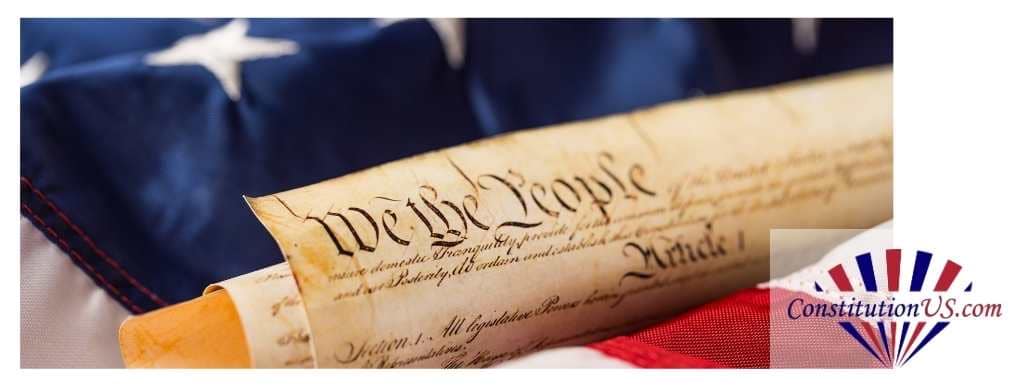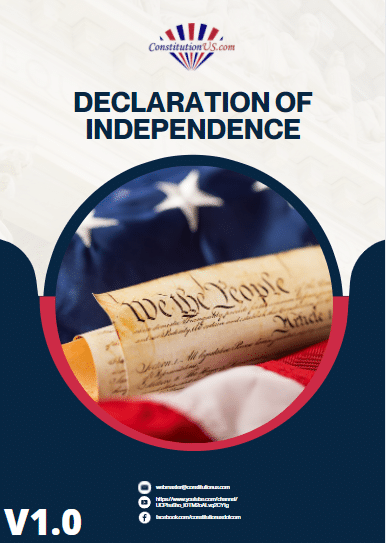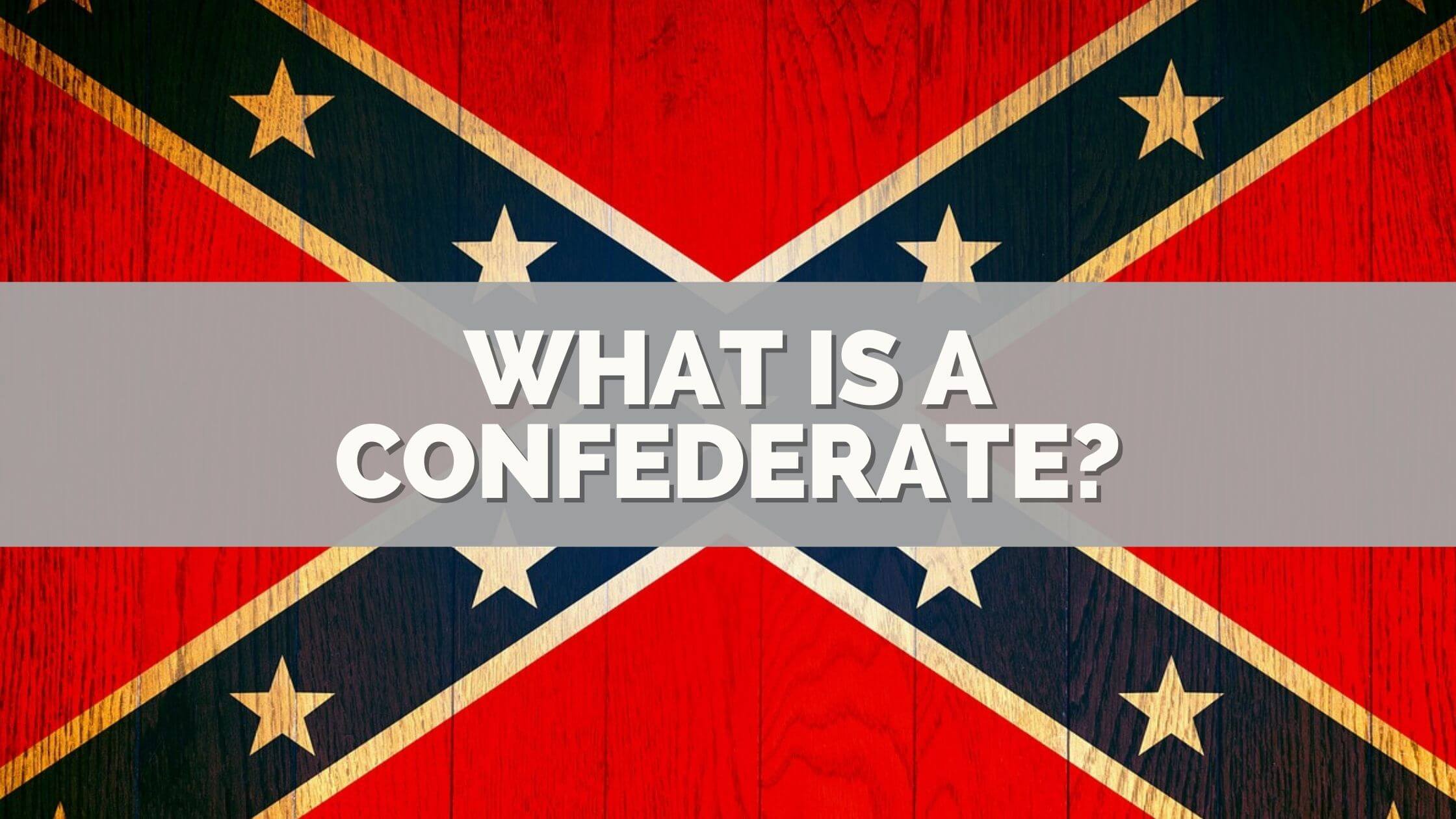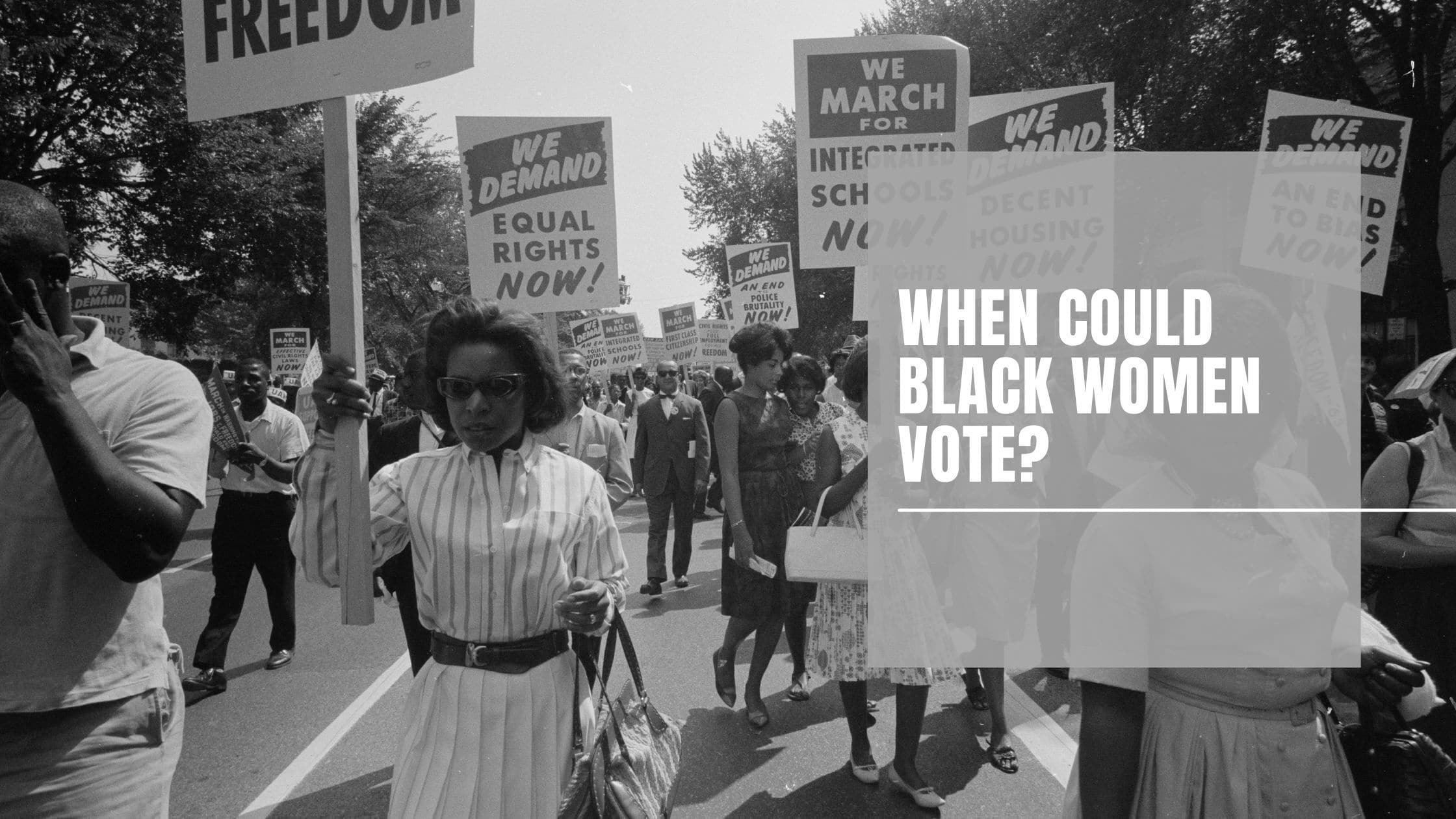Table of Contents
ToggleSources
- https://www.archives.gov/milestone-documents/articles-of-confederation
The National Archives provides the official text of the Articles of Confederation and detailed historical context, making it an authoritative source for the document's content and significance. - https://www.history.com/topics/early-us/articles-of-confederation
History.com offers a comprehensive overview of the Articles of Confederation, including the drafting process, key figures like John Dickinson and Benjamin Franklin, and the document's limitations, which aligns well with the blog post's content. - https://www.loc.gov/rr/program/bib/ourdocs/articles.html
The Library of Congress provides historical background and primary sources related to the Articles of Confederation, including drafts and ratification details, which supports the post's claims about the drafting and approval process. - https://www.britannica.com/topic/Articles-of-Confederation
Encyclopaedia Britannica offers an authoritative summary of the Articles of Confederation, covering its creation, structure, and eventual replacement by the Constitution, which corroborates the blog post's historical narrative. - https://avalon.law.yale.edu/18th_century/artconf.asp
The Avalon Project at Yale Law School provides the full text of the Articles of Confederation along with historical context, making it a reliable source for verifying the document's content and the claims made in the blog post.
Key Points
- The Articles of Confederation were written by the Second Continental Congress as the forerunner to the U.S. Constitution.
- John Dickinson, chair of the committee, played a key role in drafting the Articles, naming the new nation the United States of America.
- Benjamin Franklin's Albany Plan of Union influenced the Articles, emphasizing a decentralized government.
- The Articles created a weak national government with most powers reserved for the states, featuring a unicameral legislature.
- Ratification of the Articles was delayed due to disputes over western land claims, with Maryland being the last to ratify in 1781.
- Under the Articles, Congress negotiated treaties like the Treaty of Paris (1783) but struggled with governance limitations.
- The weaknesses of the Articles led to the Constitutional Convention in 1787, where a stronger federal government was proposed.
- The U.S. Constitution replaced the Articles on March 4, 1789, introducing a bicameral legislature and three separate branches of government.
- The Articles of Confederation served as an important but flawed stepping stone toward the U.S. Constitution.
Summary
The Articles of Confederation, drafted primarily by John Dickinson in 1776, established the first national government of the United States, emphasizing state sovereignty and a weak central authority. Ratified in 1781, its limitations—such as an ineffective unicameral legislature—led to the Constitutional Convention in 1787, which replaced it with the stronger U.S. Constitution in 1789. Key challenges included disputes over land claims and the need for a more functional federal government.
Click here for the Full Online Text of Articles of Confederation
The members of the Second Continental Congress wrote the Articles of Confederation and Perpetual Union. It was the forerunner to the United States constitution.
The Authors of the Articles of Confederation
The Articles of Confederation authors were the committee members formed on June 11, 1776, after the Lee Resolution moved Congress to work toward independence from Great Britain.
The committee comprised delegates from each of the thirteen colonies, and John Dickinson, representing Pennsylvania, was the committee chairperson.

The committee was tasked to “prepare and digest the form of a confederation” for the national Congress forming.
A draft of the document, written mainly by Dickinson, was presented to Congress on July 12, 1776.
Benjamin Franklin’s input
People who influenced the tone of the Articles include Benjamin Franklin. Franklin attended the Albany Congress in 1754 and authored the Albany Plan of Union, a plan to create a unified government for the thirteen colonies.

Using the Albany Plan as the basis, Franklin presented a draft of the Articles of Confederation to Congress in July 1775.
Another contributor to early versions of the Articles was Silas Deane, Connecticut, who also submitted a draft later in 1775.
Drafts of the Articles of Confederation
By the time the Articles of Confederation were approved by Congress, six separate drafts had been submitted. Benjamin Franklin and Silas Deane proposed drafts, and the Connecticut delegation presented the third draft.
John Dickinson wrote the fourth draft, and with this version Congress took serious deliberation. Finally, a fifth and then a sixth draft was written due to the lengthy debate on Dickinson’s original draft.

What is significant about Dickinson’s draft is that he named the new nation being formed the United States of America.
His version provided a congress representative from the states based on population and gave the national government the powers not designated to the states.
State Governments
The state governments were given powers above the national government, not “expressly delegated to the United States.”
Dickinson’s national charter created a decentralized and limited unicameral national government with the greater powers in the state governments’ hands.
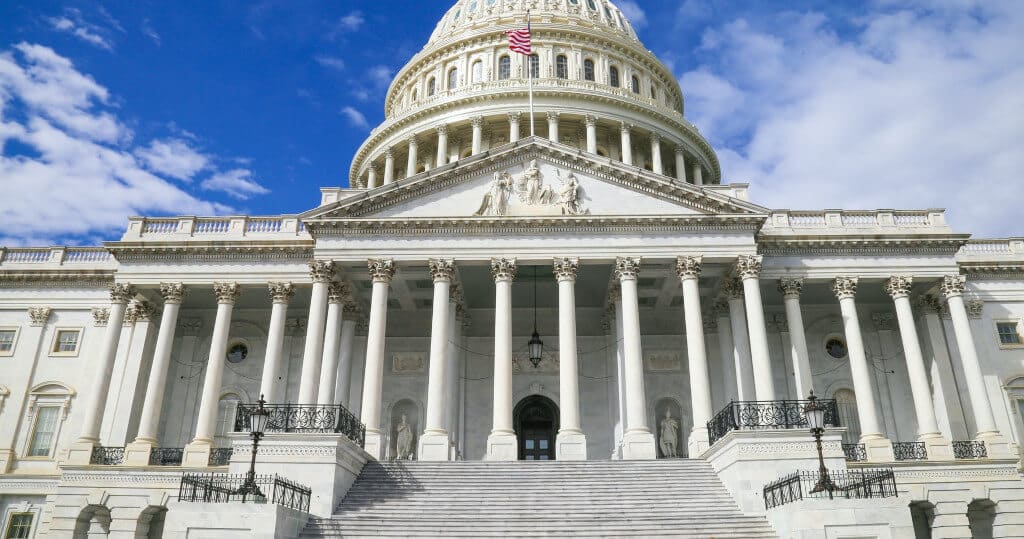
This arrangement of a union of states was proposed to be “a firm league of friendship with each other.”
The congressional delegates reached a consensus on the Articles of Confederation wording when state sovereignty was guaranteed.
Voting in Congress would be en bloc by each state. The Articles consisted of four sections:
- a preamble
- thirteen articles
- a conclusion
- a signatory section.
Sadly for him, John Dickinson was no longer serving in Congress when the Articles of Confederation he wrote were approved in late 1777.
When Were the Articles of Confederation Ratified?
It took a long time for Congress to approve the draft John Dickinson submitted. Of course, it didn’t help that Congress had to relocate twice during the deliberations to flee from the British Army during the American Revolutionary War.

Major sticking points among the state delegates were the issues of land claims and state sovereignty.
Finally, in 1777, when the state issues cleared up, Congress reached a consensus and approved the Articles of Confederation. They were to be sent to the 13 states to be ratified.
The land issue continued to be contentious during the ratification process and delayed the final ratification for several years.
The States Ratified the Articles of Confederation
A month after Congress submitted the Articles, Virginia was the first state to ratify it. By November of the following year, all the states except Delaware and Maryland had also ratified the Articles.

Delaware ratified the Articles in February 1779, leaving only the State of Maryland.
The State of Maryland refused to sign the Articles because of the issue over western land claims. Maryland made it clear that it would not ratify the Articles until the states with western land claims ceded them to the nation.
It took two years for Maryland to be satisfied that all landed states would follow through with this promise. Finally, Maryland ratified the Articles in early February 1781.
On March 1, 1781, Congress officially declared the Articles of Confederation to be in force as the nation’s governing charter.
The United States Under the Articles of Confederation
Little changed for Congress with the adoption of the Articles as the law of the land. When Congress presented the Articles to the states, the country acted as if it was already law.
The official adoption of the Articles merely legalized what Congress had already been doing.
The name of Congress was changed to the Congress of the Confederation, but Congress continued to be popularly called the Continental Congress.

Get Smarter on US News, History, and the Constitution
Join the thousands of fellow patriots who rely on our 5-minute newsletter to stay informed on the key events and trends that shaped our nation's past and continue to shape its present.
Treaties and Settlements
Under the Articles, Congress negotiated treaties with foreign powers and concluded the American Revolutionary War by signing the Treaty of Paris in 1783.

The Confederation Congress also developed an organized settlement plan for the Northwest Territory.
Limitations of the Articles of Confederation
For the most part, the limitations placed on the United States’ national government made it incapable of effectively governing the country.
It became evident that major changes needed to be made to the Articles for the national government to function correctly and these necessary changes to be made quickly.
Making Space for the Constitutional Convention
A few years after the Articles were adopted, representatives of some of the central states met to work out some trade and economic issues. As news of this meeting spread, more states also wanted to join the meeting.
The hope was to make changes to the Articles to make the government stronger, and a meeting for this purpose was set for May 25, 1787.

At this meeting, it became evident that simple changes to the Articles would not be enough, and it was agreed that a new national charter needed to be created.
This group became the Constitutional Convention, and work began drafting a new national government.
US Constitution Replaces Articles of Confederation
Quite different from the government under the Articles, the new national government was a strong federal government, a bicameral legislature, and had separate executive, legislative, and judicial branches.
Nearly two years of difficult work went into drafting the new charter.
On March 4, 1789, the Articles of Confederation were replaced with the United States Constitution.
Resources related to US History:
The Articles of Confederation – Who, What, When, and Why? Quiz
Frequently Asked Questions
Who were the main authors of the Articles of Confederation?
When were the Articles of Confederation ratified?
What were some limitations of the Articles of Confederation?
How did the Articles of Confederation influence the U.S. Constitution?
What role did Benjamin Franklin play in drafting the Articles of Confederation?
How useful was this post?
Click on a star to rate it!
Average rating / 5. Vote count:
No votes so far! Be the first to rate this post.
We are sorry that this post was not useful for you!
Let us improve this post!
Tell us how we can improve this post?

